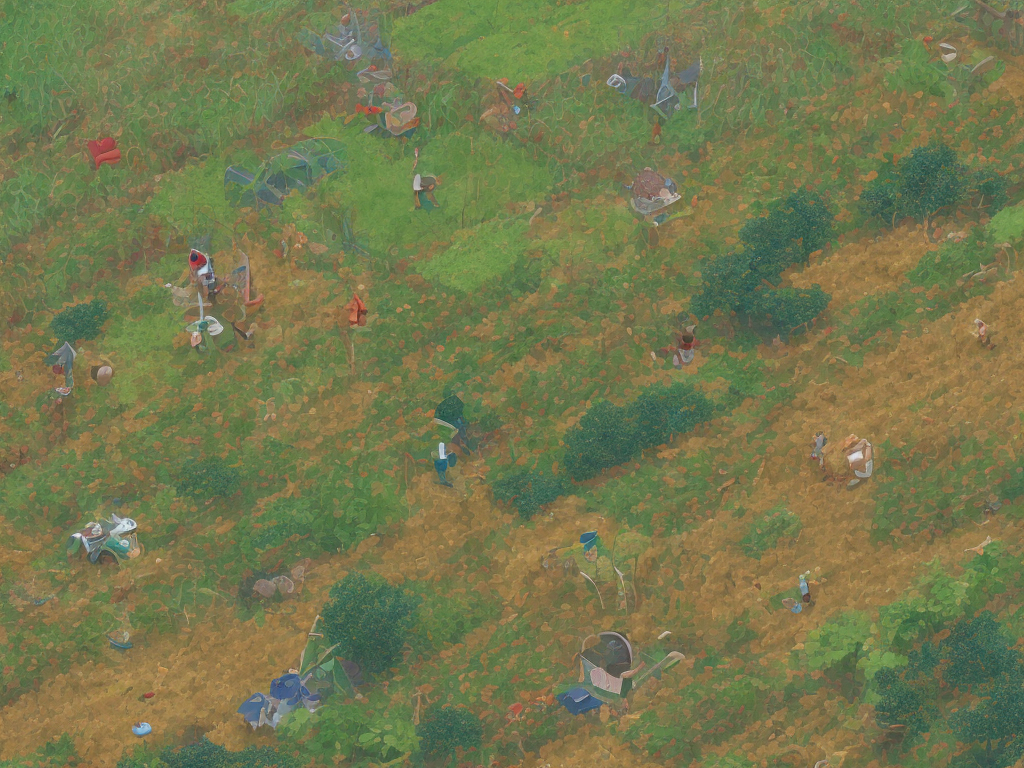
Agriculture is one of the most fundamental sectors in the economy of any country. It plays a crucial role in providing food and raw materials for industrial utilization as well as generating employment opportunities. The agricultural sector also contributes significantly to the Gross Domestic Product (GDP) of many nations. Given its importance, governments worldwide have developed policies and programs targeted at supporting the agricultural sector. Credit and subsidization are two fundamental support systems for agriculture. These two terms are often used interchangeably in discussing agricultural policies, but they have distinct differences.
Credit in agriculture refers to the provision of financial support to agricultural producers or farmers by the government or financial institutions. Credit aims to aid the development of the agricultural sector by ensuring that farmers have the necessary resources to carry out their farming activities. Credit facilities can either come in the form of loans, grants, or advances. Farmers can use credit to purchase inputs such as seeds, fertilizers, and pesticides, as well as machinery, equipment, and other production-related expenses.
On the other hand, agricultural subsidies are financial incentives provided by the government to farmers to help stabilize agricultural product prices, guarantee a minimum price for their products, and maintain farm income. Subsidies can take several forms, such as price support programs that provide farmers with a minimum price for their products. Governments also offer inputs subsidies, whereby they provide farmers with subsidized inputs such as fertilizers, seeds, and pesticides. Subsidies have been controversial to some extent due to their perceived negative effects on trade relations with other countries, as well as the distorting impact they can have on agricultural output.
The main difference between credit and subsidy in agriculture has to do with how they aim to provide support to the agricultural sector. Credit is a loan or grant that aims to provide farmers with financial resources to invest in their production activities. Subsidies, on the other hand, aim to stabilize farm income, ensure the security of the food system, and promote the overall growth of the agricultural sector.
Credit has significant benefits for the agricultural sector since it enables farmers to access investment capital, thereby expanding their production activities. Credit enables farmers to access higher-quality inputs, improve their crop yields and productivity, and expand their businesses by purchasing new equipment and machinery. It also helps farmers to manage risks and reach their goals more effectively, such as increasing their income or reducing production costs.
Subsidies, meanwhile, mainly act as social support that provides a safety net for farmers during times of hardship. A subsidy can enable farmers to overcome challenging times and continue to develop their businesses in the long term.
Despite their differences, both credit and subsidy have a place in the agricultural sector. They serve different purposes, and governments use them to address different economic factors. Credit aims to promote long-term growth of the agricultural sector by providing farmers with investments that increase productivity and profitability. Subsidies, on the other hand, provide a short-term buffer against challenging conditions.
In conclusion, both credit and subsidy are essential support systems for agriculture. Credit supports the continued growth and expansion of agriculture by providing farmers with access to investment capital. It enables them to increase productivity, expand their businesses, and create employment opportunities in rural communities. Subsidies, on the other hand, provide a social safety net for farmers who face challenging times, ensuring the continued growth and sustainability of the agricultural sector. Though they serve different purposes and have distinct impacts, both credit and subsidy are necessary components of a well-rounded agricultural support system.
 Self-Instruct
Self-Instruct